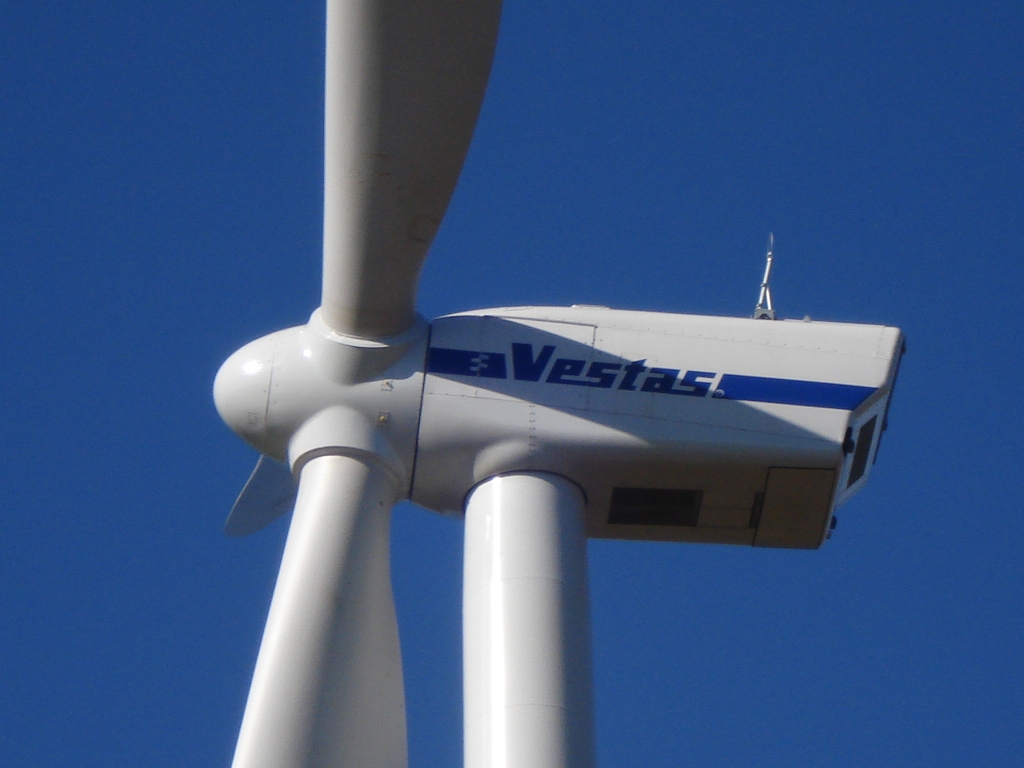Vestas & MHI Have Set Sights High for Offshore Venture

After a year-long courtship, Vestas and Mitsubishi Heavy Industries (MHI) have tied the knot in a union the two companies hope will help topple Siemens as the industry’s number one offshore player.
The two companies revealed few details about the plan when it was announced last month. In essence, a joint venture will be set up based around selling Vestas’ V112 3MW and upcoming V164 8MW to the offshore market. The deal will see MHI invest EUR 300 million – EUR 100 million up front and the remainder dependent upon the V164 hitting certain technological and financial milestones.
Ownership of the joint venture is 50:50, although MHI has an option to acquire 51% of the company, and it will be based in Aarhus, Denmark. Masafumi Wani, MHI executive senior vice president and head of power systems, will be the joint venture’s chairman. Vestas CEO Anders Runevad will be vice chairman, and Jens Tommerup, current president for Vestas Asia Pacific and China, will become CEO.
The basis for the deal appears to be a combination Vestas’ brains (its turbines and experience) and MHI’s (financial) brawn. Speaking to Windpower Monthly about the companies respective qualities, Tommerup said: “If you look at Vestas, we were very early, if not the first, in offshore and Vestas has now installed 1.1GW offshore, so that’s a tremendous amount of experience and a strong base of knowledge. Vestas being the biggest in wind has a lot of tech knowledge in offshore and very strong product, which will be the base for the venture.
“MHI is one of the biggest players for supply of equipment to the power sector. And they have a strong finances balance sheet and have a lot of interest in tech around the ball of plant for offshore project. So if we combine this, theres’ a strong business case,” he added.
There are more details yet to be ironed out, such as the name of the venture, the all-important milestones, where the manufacturing will take place, or even whether the names of the turbines themselves will change. This is likely to be resolved next year when the deal is formalised. More important is the future of Mitsubishi’s 7MW SeaAngel turbine, which has been in development since 2011. Tommerup was unable to comment on the SeaAngel directly, but was adamant that the V164 would become the main product offering in the future.
Currently, two prototype SeaAngel’s are being built, in Scotland and Japan respectively. Despite featuring the second-largest blade in the world (longer than the V164) it seems the only aspect of the turbine that will be preserved is the digital hydraulic drivetrain (DDT) system designed byMHI’s Scottish subsidiary, Artemis Intelligent Power.
Asked about the future of the SeaAngel, an MHI spokesman said: “I cant say today whether the SeaAngel will or will not go into series production.” Although he was adamant the DDT system would be used on the V164.
“Effectively, SeaAngel is the generic name for MHI’s offshore wind,” he added. “The clear plan is that the underlying DDT will be made available to the JV. Then the JV will develop a product within which the DDT is housed. I cannot say at this point whether the production DDT-based machine at the end of the decade will look like the prototype SeaAngel machines we are building now.”
In terms of manufacturing, the headquarters of the joint venture will be based in Aarhus, Denmark. There is no indication of what will happen to MHI’s offshore research centre in Scotland, although that may continue developing the DDT for use on the V164. Tommerup said: “What we have said is the JV should have its own value chain. Right now we are talking to clients and stakeholders and will decide what makes sense in terms of manufacturing when we get firm and unconditional orders. So there is no fixed plan on manufacturing. That depends on the market and where we get the orders.”
Tommerup said the main market for the JV would be Europe, although Asia was a distant possibility. “There’s definitely a desire to utilise offshore in Asia. Offshore in the US is also interesting,” he said “We basically have one of the strongest players in power in Asia as a partner. In the short term, most of the bus will be in Europe. Medium to long Asia. I could see Japan moving as fast as possible.” He said it was too early to say whether the JV is thinking about installing the V164 on a floating platform, as MHI is looking to do with the SeaAngel.
The joint venture has its work cut out. Vestas may have a long history in offshore, but more than 80% of offshore turbines connected to the grid in European waters in the 18 months leading up to 30 June are made by Siemens, which is also further down the developmental road on its 6MW turbine. Asked about how the JV would overhaul this deficit, Tommerup said: “We have not gone into timelines on that, but now the approval of the JV will take time. Then we will come out with details strategies and how we will position ourselves. The only thing is the intention from the partners is to become the market leaders.”






